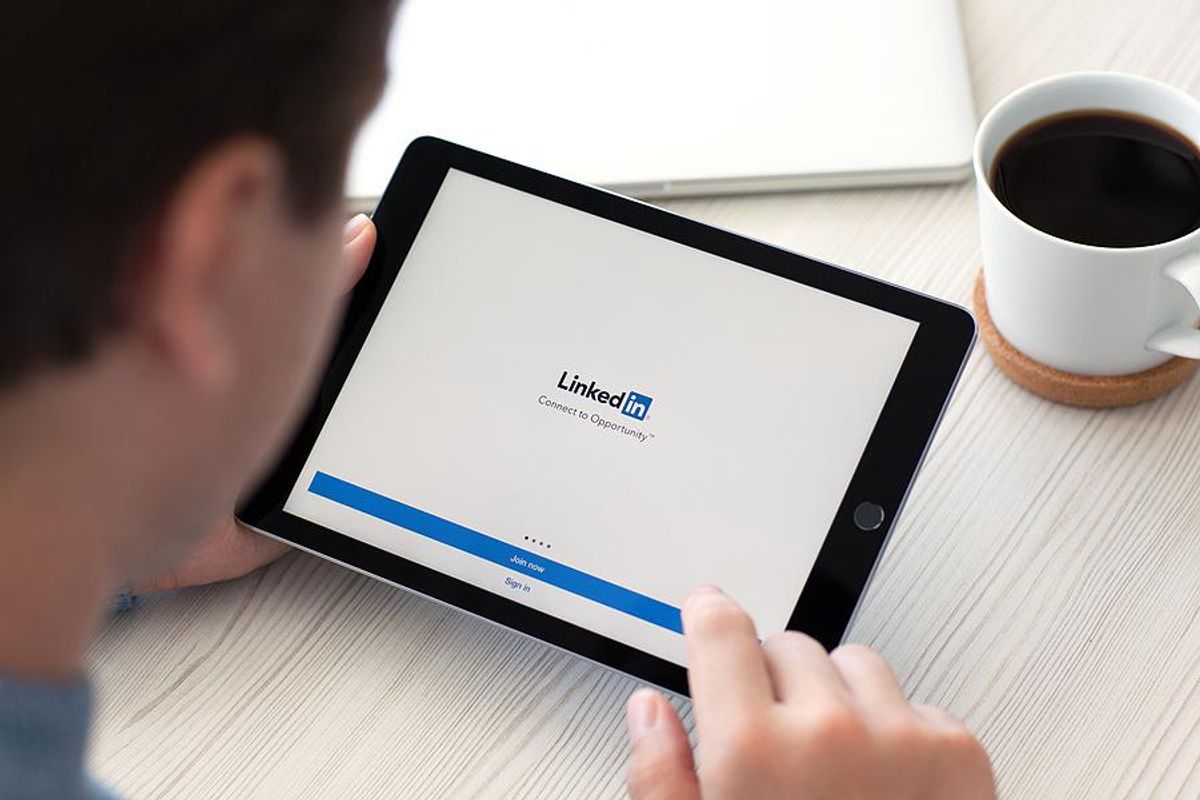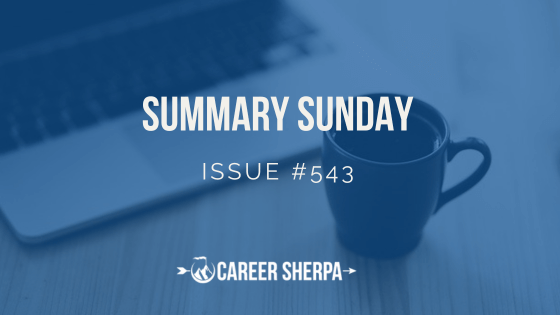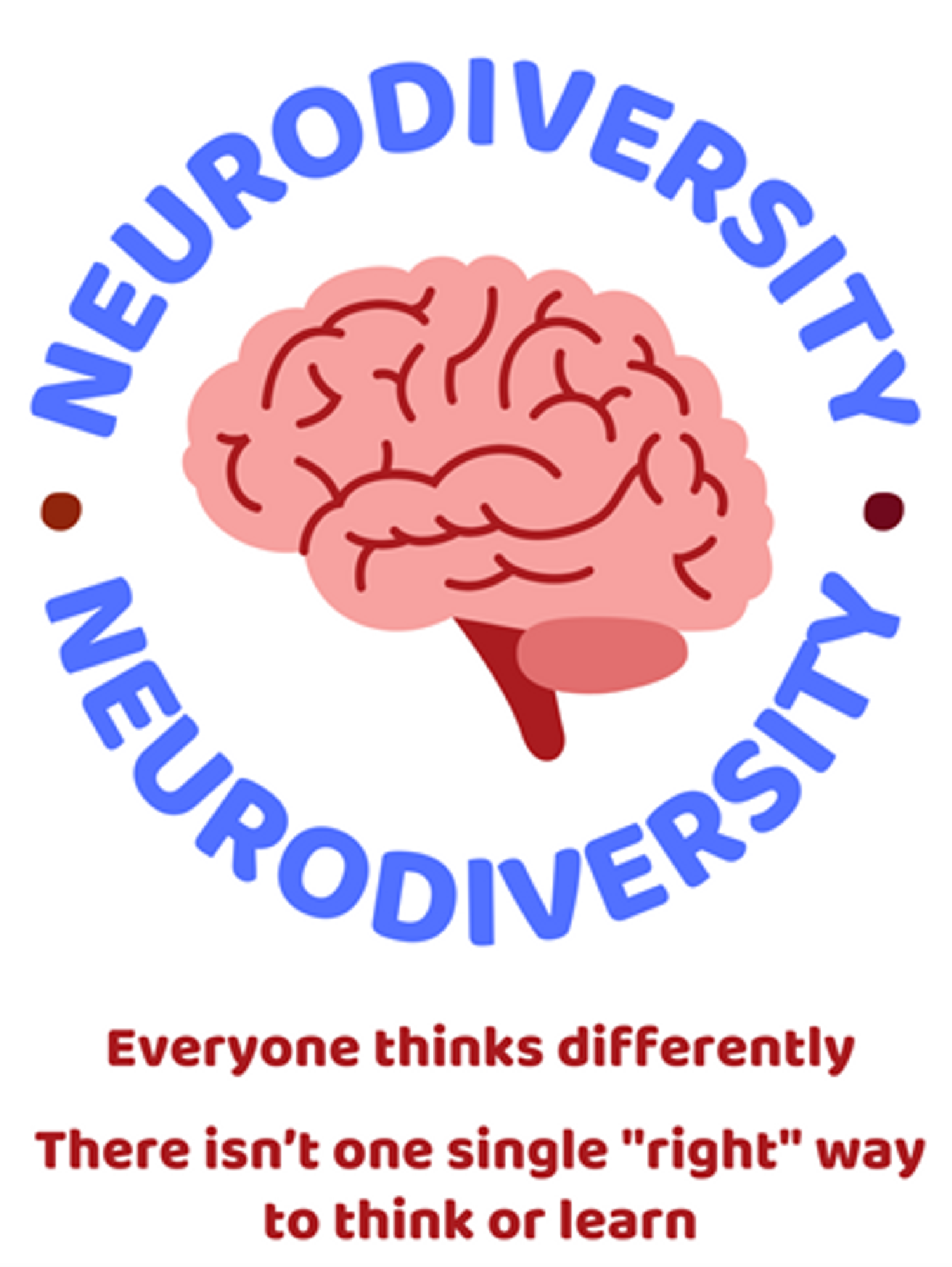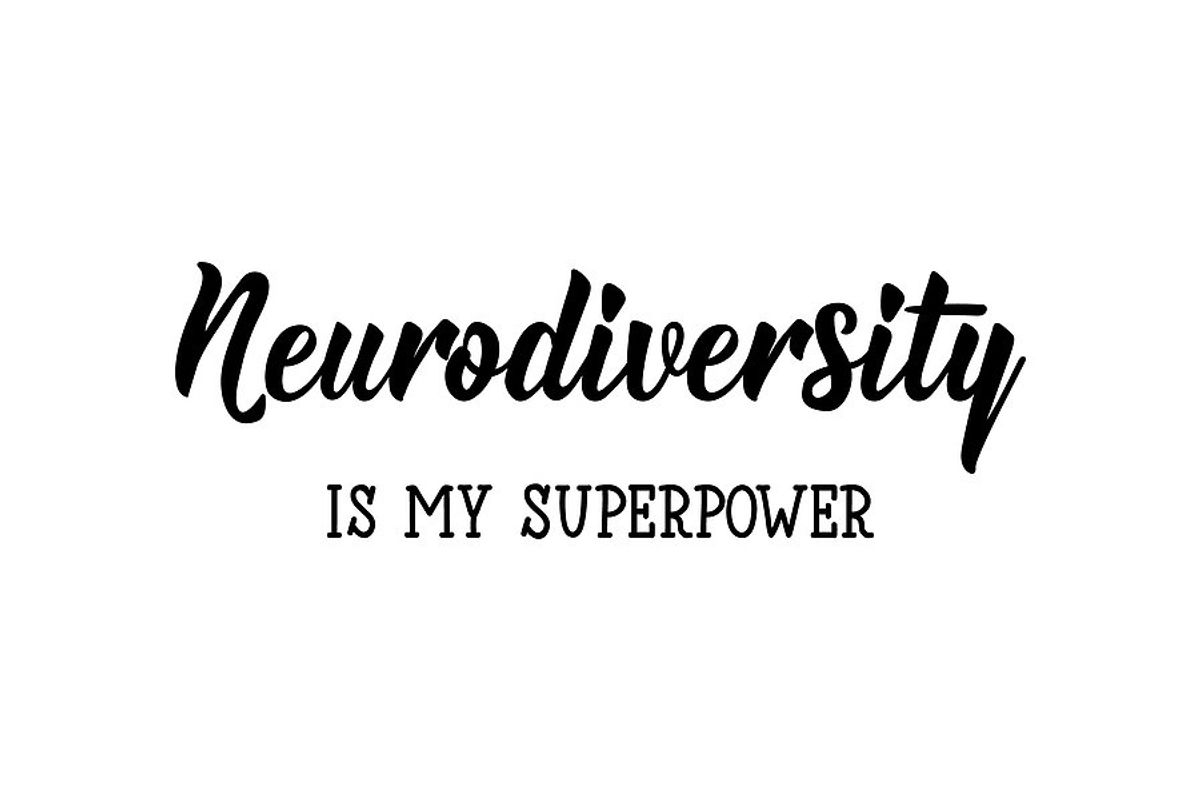
The pressures of meeting deadlines, achieving goals, navigating office politics, and maintaining a healthy work-life balance can often lead to overwhelming levels of stress. However, it’s crucial to remember that managing stress at work is not only essential for our mental and physical well-being but also for our overall job performance and satisfaction. So, how can we effectively manage stress at work? What stress management tips actually help?
We recently asked our leading executives for their best tips on how to manage stress at work.
Here are their responses…
Michael Willis, Sports Business Operations Executive
In this argument, we will explore how embracing tension with a calculated risk-taking approach can not only make you a better manager of stress but also propel your career to new heights.
1. Stress as a Natural Byproduct of Ambition: Consider this: Stress often arises when we push our boundaries, take on challenging projects, or strive for ambitious goals. In such scenarios, stress is not a sign of failure but rather evidence of our commitment to growth and excellence. By accepting stress as a natural byproduct of ambition, we can shift our perspective and view it as an opportunity rather than an obstacle.
2. Stress as a Source of Motivation: Stress, when managed effectively, can serve as a powerful motivator. It can push us to think creatively, find innovative solutions, and unlock hidden reserves of resilience. By reframing stress as a motivator, individuals can channel their energy into productive endeavors, ultimately increasing their chances of achieving their goals.
3. Calculated Risk-Taking: Embracing stress involves calculated risk-taking. Rather than shying away from challenging situations, consider them as opportunities to grow. When you take calculated risks at work, you open the door to innovation and transformation. Remember, some of the greatest success stories in business were born out of taking risks in high-stress environments.
4. Stress-Resilience as a Skill: Managing stress at work is not about eliminating it but developing resilience to handle it effectively. Like any other skill, stress resilience can be cultivated through experience and learning. By approaching stressful situations as opportunities to sharpen your strength, you not only manage stress better but also build a valuable skill set that can be applied throughout your career.
5. The Competitive Advantage of Stress-Embracers: In a world where competition is fierce, those who can effectively manage stress while embracing calculated risks often stand out. They demonstrate their ability to adapt to challenging circumstances, inspire team confidence, and lead resiliently. This competitive advantage can lead to career advancements, greater responsibilities, and increased recognition.
In conclusion, stress at work should not be viewed as an enemy to be defeated but as a companion on your journey to success.
Michael Willis has 18+ years of experience working with accounting & sports organizations and has managed P&Ls of $10M – $125M+ with budgets of $3M-$50M+. He worked for the NFL for 22 1/2 years, mainly with the game officials working on the financial/accounting side of the business.
Lisa Perry, Global Marketing Executive

Can you relate to this? You work in a fast-paced company with tight deadlines, long hours, and multiple project setbacks. You miss deadlines, and your co-workers are constantly catching up on shared assignments. If any of this sounds familiar, you probably know what it feels like to be stressed on the job. Here are five tips for how to manage stress at work:
Self-Awareness: The first step is to recognize the signs of stress, which starts with self-awareness. Stress can manifest differently, but common symptoms include irritability, fatigue, headaches, or stomach pains. Research shows that 95% of us believe we are self-aware, yet the actual number is 10 or 15%. Most of us are oblivious to how it’s affecting us and how others truly perceive us. Why is this important? Because when you become self-aware, it allows you to reshape how you present yourself to the world by aligning your self-perception with the perception of others.
Mindfulness & Meditation: Taking just a few minutes daily to focus on your breath, clear your mind, and be present can significantly reduce stress levels. As a type A person who struggles to unwind during high-stress situations, taking a moment to count slowly to 20 can be quite therapeutic. Identify tools (i.e., deep breathing exercises, guided meditation, mindfulness apps) to integrate into your day that aid in stress reduction and promote being present.
Self-Care Matters: Prioritize a well-rounded approach, including a balanced diet, regular exercise, and sufficient sleep. Your food choices can influence stress levels; avoid excessive caffeine and sugar as they can contribute to anxiety. Opt for nutrient-rich foods like fruits, vegetables, and whole grains. Eating balanced meals helps stabilize mood and energy levels. Regular physical activity offers various benefits, one being stress reduction. Exercise triggers the release of endorphins, natural stress relievers. Quick walks during breaks or desk stretches can significantly improve your well-being. Strive for seven to nine hours of sleep per night, as recommended by the National Heart, Lung, and Blood Institute (NHLBI). Sleep deficiency can impair productivity, focus, and decision-making. High-quality sleep is crucial for effective stress management.
Stay Calm: Amid conflict, maintaining composure is vital. By staying calm and removing emotion, you can take an objective step back to evaluate the situation effectively and find constructive solutions. Most importantly, it will make the people around you feel safe, secure, and confident in your leadership.
Maintain Control Over Your Reactions: There are things in life that are out of our control, like an angry co-worker reacting to your project. What you can control is your response, handling the situation, and managing your emotions, which ultimately reduces stress. When faced with someone’s unhappiness or criticism, adopt a curious and empathetic approach:
- Ask, “What makes you feel that way?”
- Express understanding, “It sounds like something I said was offensive to you.”
- Replace defensiveness with curiosity.
- Stay inquisitive and keep asking questions.
By implementing these five tips, you can transform a stressful work environment into a place of balance, productivity, and well-being. If you found this helpful, I invite you to explore my book How to Develop a Brand Strategy and insightful brand marketing articles.
Lisa Perry helps companies drive revenue by using consumer trends, insights, and data analytics to innovate their approach to marketing.
How do you manage stress at work? Join the conversation inside Work It DAILY’s Elite Program.




































